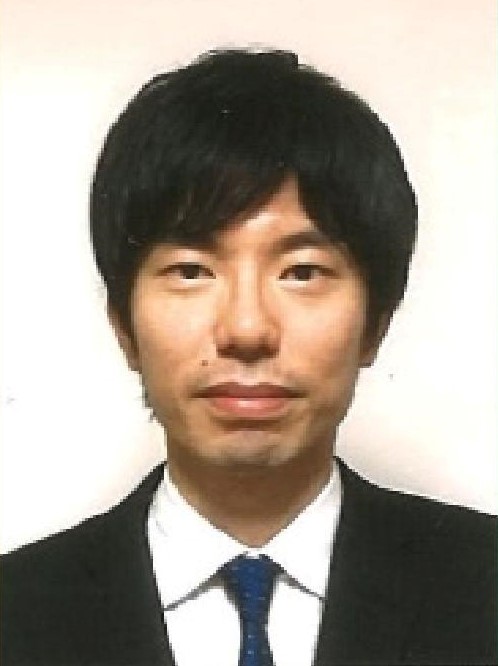
CLS
Laboratory for Chemistry and Life Science, Institute of Integrated Research, Institute of Science Tokyo
東京科学大学
総合研究院
化学生命科学研究所

LAST UPDATE 2020/06/10
-
研究者氏名
Researcher Name岡田智 Satoshi OKADA
准教授 Associate Professor -
所属
Affiliation東京科学大学 総合研究院 化学生命科学研究所
分子創成化学領域
Laboratory for Chemistry and Life Science, Institute of Integrated Research, Institute of Science Tokyo
Molecular synthesis -
研究キーワード
Research Keywords分子イメージング
ケミカルバイオロジー
バイオマテリアル
Molecular imaging
Chemical biology
Biomaterials
- 研究テーマ
Research Subject -
生体機能を観察・操作する機能性材料の開発
Development of functional materials for imaging and controlling biological functions
研究の背景 Background of the Research
生体広域や深部の解析に優れたMRIなどの磁場応用技術は、臨床だけでなく基礎生命科学においても有用な研究手法の1つです。しかしながら、従来の磁場応用技術では、分子レベルで生体を解析することは未だ困難です。近年では、常磁性金属錯体や磁性ナノ粒子に基づく分子プローブや、遺伝子工学的に発現させた磁性タンパク質を用いた生体制御法が開発されていますが、実用段階にあるものは多くありません。
Magnetic technology such as MRI is useful not only in clinical field but also in basic life science because of its larger field of view compared with optical technology. However, the molecular level analysis using the conventional magnetic technology remains challenging. Molecular probes based on paramagnetic metal chelates and magnetic nanoparticles, and engineered magnetic proteins have been developed but only a few of them is on a practical level.
研究の目標 Research Objective
有機合成化学に加え、材料化学や生物工学の利点を活かし、生理活性物質の挙動やシグナル伝達経路の活性化を磁性情報へ変換する機能性材料を開発します。開発した機能性材料に、生体透過性に優れる磁場応用技術を組み合わせることで、従来技術ではトレードオフとなる「分子レベル」と「生体レベル」の同時解析を可能にする基盤技術の確立を目指します。
We utilize a multidisciplinary technology including organic synthesis, materials chemistry and biological engineering to develop functional materials that convert dynamics of bioactive substances and activation of signaling pathways to magnetic signals. Our goal is to establish a fundamental technology that connects a role of molecular and cellular processes with physiological responses in complex-tissues.
研究図Figures

Fig.2. Magnetic nanoprobes and their application to Ca2+ imaging in the living rat brain.
論文発表 / Publications
Bioorg. Med. Chem. 20, 769–774 (2012), Dalton Trans. 42, 15864–15867 (2013), Adv. Mater. 26, 2989–2992 (2014), Nat. Nanotech. 13, 473–477 (2018), J. Am. Chem. Soc. 141, 15751–15754 (2019).
研究者連絡先 / HP
- sokada
 res.titech.ac.jp、okada.s.e21a
res.titech.ac.jp、okada.s.e21a m.isct.ac.jp
m.isct.ac.jp - http://syn.res.titech.ac.jp/